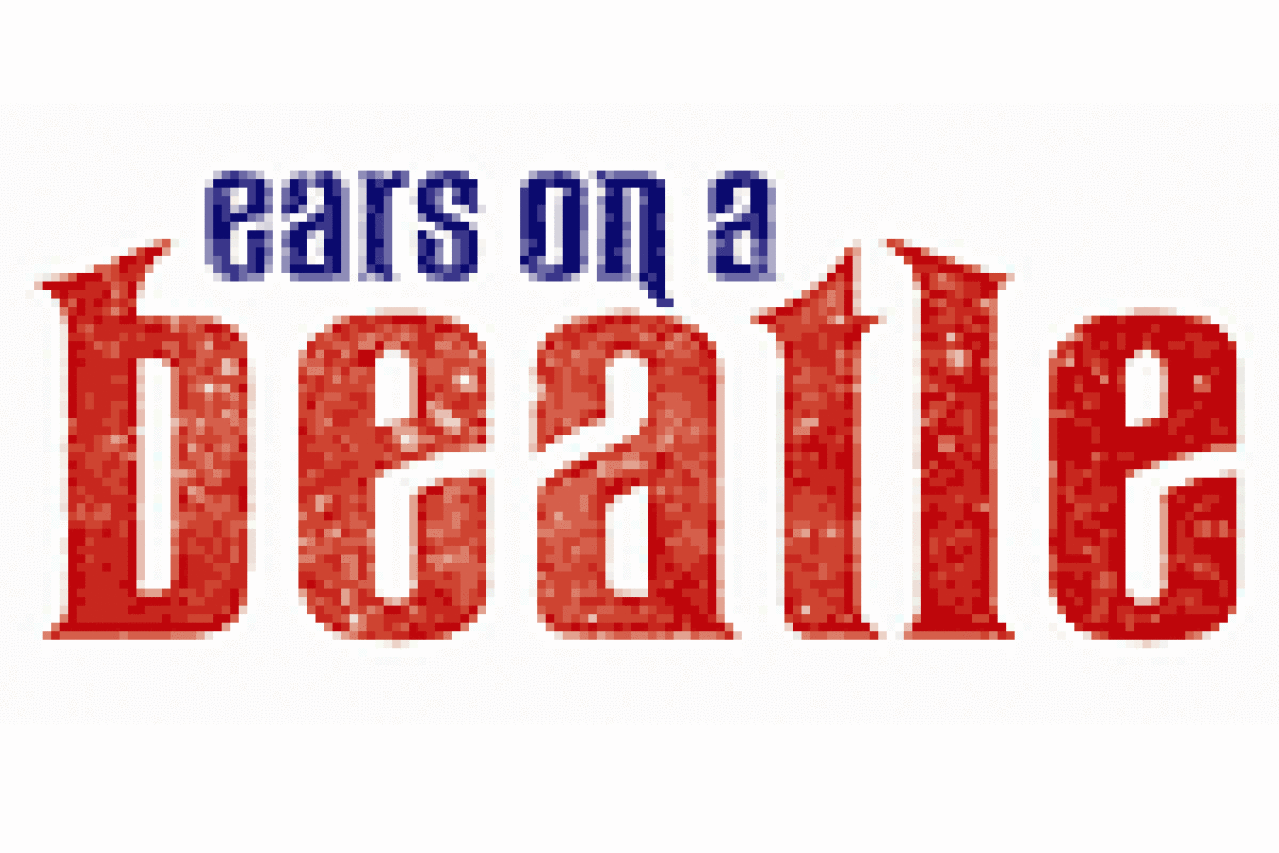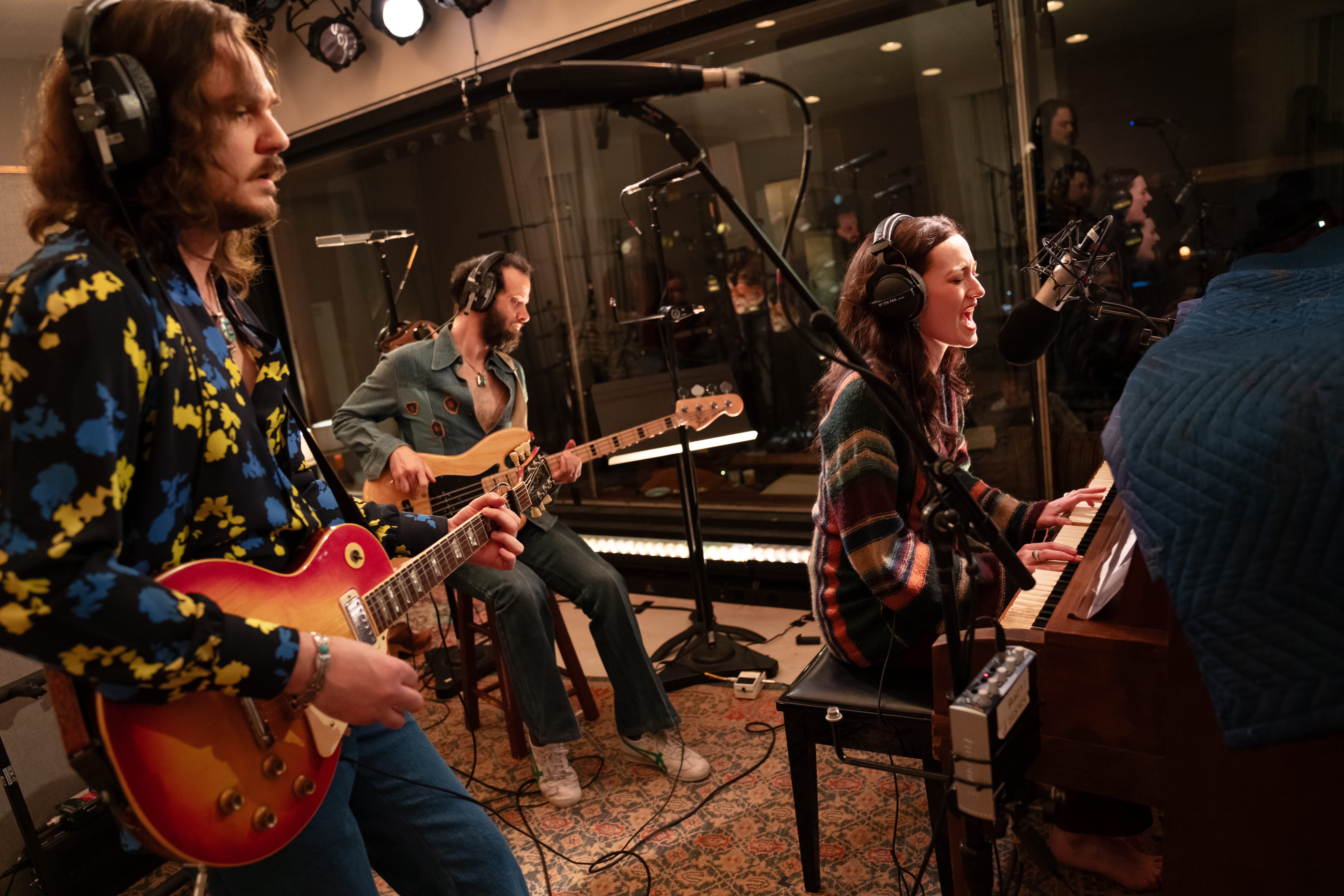Ears on a Beatle

(Photo © Carol Rosegg)
“Don’t personalize.” That’s the cardinal rule of the FBI, at least as stated in Mark St. Germain’s somewhat predictable but nevertheless intriguing new play, Ears on a Beatle.
St. Germain, who also directed the production, has taken FBI files available to the public through the Freedom of Information Act, as well as relevant newspaper clippings, and plugged them into a fairly formulaic plot. In the play, two FBI agents are paired and charged with following former Beatle John Lennon. Howard Ballantine (Dan Lauria, best known for his work on TV’s The Wonder Years) is the seasoned veteran, who previously worked high profile cases such as the assassination of Bobby Kennedy; he’s cynical, gruff, and professional. Daniel McClure (Bill Dawes) is the rookie who starts off wide-eyed and innocent, letting his emotions and ideals interfere with his job. Naturally, by the end of the play, there’s a role reversal: Howard’s professional demeanor is compromised when he loses sight of the cardinal rule cited above, while Daniel becomes hardened upon realizing that the heroes and icons he idolizes are not without fault.
Though the play is formulaic, it holds the audience’s interest due to its compelling subject matter — which includes some surprising revelations — and solid performances from Lauria and Dawes. The two actors have a great onstage rapport and each takes his character on a believable journey.
St. Germain has fashioned his two protagonists as a couple of ordinary guys dealing with relationship troubles, parental issues, and other everyday concerns. As they proceed with their job of watching, documenting, and reporting on the life of someone else, one asks the other whether he ever feels that he’s not really living his own life. These men are bystanders to history, unable to effect change even when they want to.
Ears on a Beatle is not a docudrama; rather, St. Germain focuses on the questions that plague the national imagination in relation to the assassinations of world leaders and celebrities from Kennedy to Lennon. Where do you draw the line between coincidence and conspiracy? The playwright suggests that even the characters may not know — and, if they do, they’re not telling each other.
Unfortunately, St. Germain has not quite made Howard and Daniel believable as FBI agents. They’re more than a little obvious as they snap photos, speak into hidden microphones, or hold loud arguments with each other in public places. And while I’m not certain what passes for acceptable behavior in undercover assignments, Daniel crosses lines in regard to personal and professional boundaries to such an extent that there would seem to be serious grounds for his dismissal.
Daniel Ordower’s lighting design helps establish each of the play’s locations, from a dark and rainy street to a sunny day at the park. Eric Renschler’s set is made up of boxes of FBI files that cleverly open up to function as a coat closet, a telephone booth, etc. A few pieces of furniture are brought on as well but, overall, things are kept simple. On the other hand, costume designer David C. Woolard may have gone overboard in his zealous attempt to capture the period: Dawes is something of a fashion plate through the first two thirds of the play, showing off various “hippie” styles. Although this does help to establish the passage of time, it gets a bit silly after a while.
Ears on a Beatle is not exactly a groundbreaking piece of theater. However, it is well performed, it has some funny lines, and it reworks historical material through interesting “what if” scenarios. Clocking in at just under an hour and a half, it’s fairly compact and well-paced. While it has its faults, the play remains both educational and entertaining.











